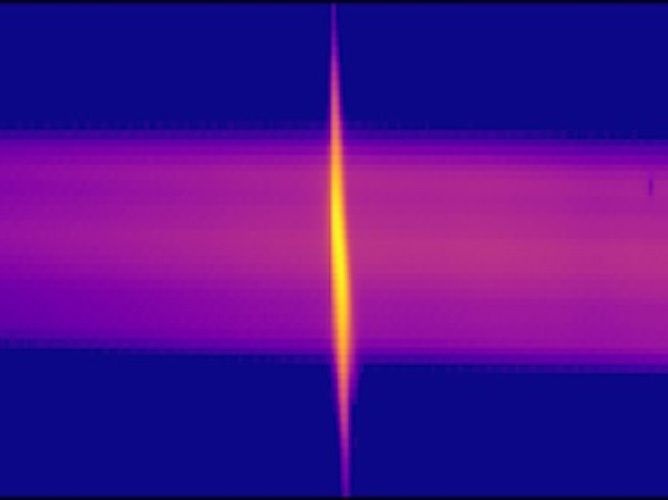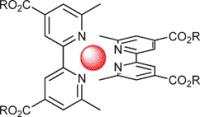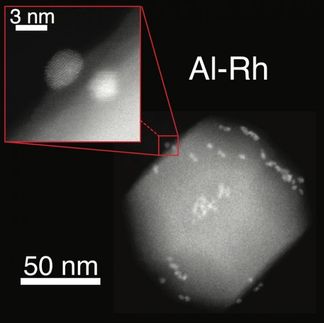'Ship in a bottle' detects dangerous vapors
Rice University lab traps metallic compounds to sniff out signs of hazardous solvents
Rice University scientists took a lesson from craftsmen of old to assemble microscopic compounds that warn of the presence of dangerous fumes from solvents.
The researchers combined a common mineral, zeolite, with a metallic compound based on rhenium to make an "artificial nose" that can sniff out solvent gases. They found that in the presence of the compound, each gas had a photoluminescent "fingerprint" with a specific intensity, lifetime and color.
Rice chemist Angel Martí and his students reported their results in the journal Angewandte Chemie.
The challenge for Martí and his team was to get their large metallic particles through the much smaller pores of a zeolite cage. The answer: Do it old-school. In their process, small chemical components enter the cage, find each other and self-assemble into rhenium complexes. Then they're stuck -- like a ship in a bottle.
"We sequentially load the individual parts of the complex into the zeolite," Martí said. "The parts are smaller than the pores, but when they self-assemble inside the zeolite, they're trapped." Once washed to eliminate complexes that form outside the zeolites, the compound is ready for use.
The relatively simple technique, which was initially developed and studied by two Rice alumni while they were undergraduate students in Martí's lab, could provide a scalable, inexpensive platform to monitor toxic vapors from industrial solvents.
Solvents are liquid chemicals, often petroleum-based, that are widely used to dissolve solid materials. They are found in paints, thinners, aerosol sprays, dyes, marking pens, adhesives and many other products.
They also evaporate quickly. Solvent vapors, which are hazardous to inhale and can be highly flammable, are often denser than air and gather at floor level, where they can build to dangerous amounts unless detected.
Martí said platinum, gold, palladium and copper salts are often used to detect vapors, because they change color in the presence of solvents. The rhenium-based supramolecular complex was known to fluoresce in the presence of some solvents, but dealing with vapors is a different story.
"If the complexes are in a solid state, they are too close to each other and gases can't interact with them," he said. "So we started thinking of ways to create space between them."
Enter zeolites. "These zeolites are cages with big cavities and small pores," Martí said. "The pores are big enough -- at about 7.4 angstroms -- for most gas-phase molecules to enter. The question was how to trap the bigger rhenium complexes inside."
Other groups have trapped ruthenium complexes in zeolites, but these complexes were not ideal to detect solvents. Then-undergraduates Ty Hanna and, later, Zack Panos developed the method to put rhenium complexes inside zeolites. The results were outstanding, Martí said.
Like canaries in a coalmine, the caged complexes strongly signal the presence of a vapor by the color and intensity of their photoluminescent glow in ultraviolet light.
Martí said nobody had studied the third key property -- the amount of time the complex remains in an excited state. That ranges from less than 1,000 nanoseconds for water and ammonia to "a quite long" 4,000-plus nanoseconds for pyridine. It's different for every type of vapor, he said.
"We concluded that every individual vapor has a set of photophysical properties that is unique for that solvent," he said. "Each one has a unique fingerprint."
With the ability to detect three distinct characteristics for each vapor, a team led by graduate student Avishek Saha built a three-dimensional plot to map the fingerprints of 17 types of solvents. They found categories of solvents -- nonpolar, alcohols, protics (which include water) and aprotics -- tended to gather in their own areas.
"That's another interesting thing," Martí said. "Different solvent groups occupy different areas in the map. So even if a solvent hasn't been studied, our material will help people recognize the category it falls into."
He said the group plans to test more solvents and suggested the material may also be useful for detecting the presence of other volatile species like explosives.
Other news from the department science
These products might interest you

ERBAdry by CARLO ERBA Reagents
Anhydrous solvents from CARLO ERBA Reagents in a clever redesign
ERBAdry series impresses with the latest generation of septa and sealing caps
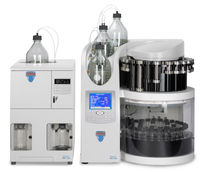
Thermo Scientific™ Dionex™ ASE™ 150 or 350 Accelerated Solvent Extractor systems by Thermo Fisher Scientific
Accelerated Solvent Extraction (ASE) – Maximize results and reduce errors in food analysis!
More extractions in less time using less solvent

Get the chemical industry in your inbox
By submitting this form you agree that LUMITOS AG will send you the newsletter(s) selected above by email. Your data will not be passed on to third parties. Your data will be stored and processed in accordance with our data protection regulations. LUMITOS may contact you by email for the purpose of advertising or market and opinion surveys. You can revoke your consent at any time without giving reasons to LUMITOS AG, Ernst-Augustin-Str. 2, 12489 Berlin, Germany or by e-mail at revoke@lumitos.com with effect for the future. In addition, each email contains a link to unsubscribe from the corresponding newsletter.
Most read news
More news from our other portals
Last viewed contents
Category:Receptors
Mohammed_Munim_al-Izmerly
BASF signs licensing agreement to acquire Lithium Iron Phosphate technology from LiFePO4+C
Category:French_chemical_engineers
Category:Gas_lasers
Category:EC_3.11
Overnutrition
Category:Muscle_relaxants

A change in the KNAUER management
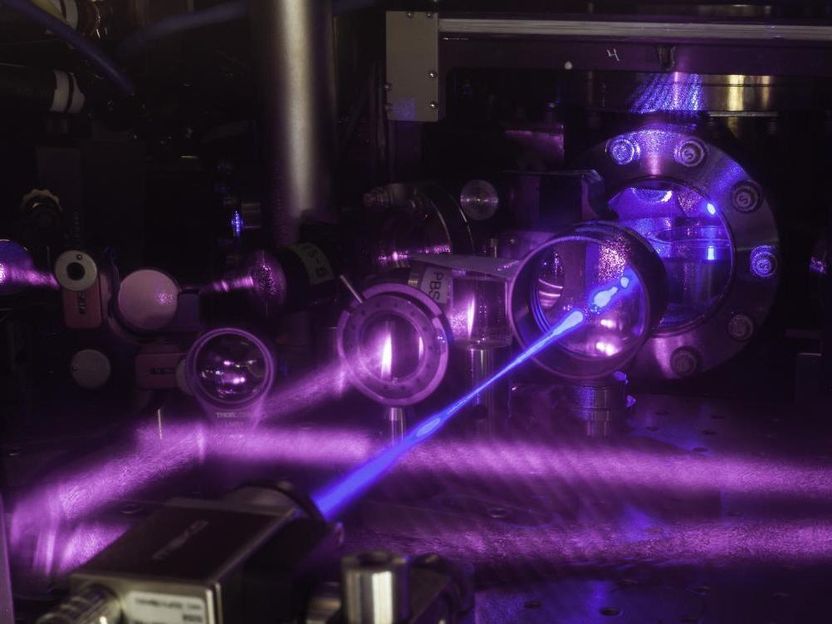
3-D quantum gas atomic clock offers new dimensions in measurement
Bismarck_brown_Y
